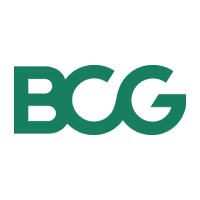Reduce

Build and test strategic decarbonization scenarios
How to use levers to strategize for climate success
You now have an informative and actionable picture of your company’s decarbonization options. However, developing a plan may still not be straightforward. The best approach would be to develop a few scenarios for how your company could engage these levers, based on, for example, input factors or intended outcomes. Here are some example scenarios of how to prioritize and sequence levers.
Lowest cost first: Deploy lowest cost levers, up to a certain (abatement) cost threshold
Easiest first: Implement levers based on ease and cost, up to a defined limit
Tailored by business unit(s): Implement levers skewed toward certain business units, based on capability, willingness, or positive market potential
Meet interim goal: Implement levers on basis of cost, ease etc., to meet interim goal; other levers to be decided on later
All, in order of cost: Deploy all levers, in order of cost, and estimate total cost; this may correlate with cost to achieve Net Zero
…others as needed.
You can then identify the optimal scenario for your organization to meet your abatement goals while balancing cost and other considerations.
An important thing to note is that all factors will likely evolve over time. Cost of abatement levers may change with technological improvements. The ease of implementation may improve as the market evolves and more (ecosystem) players build climate capabilities. Accordingly, it may be worthwhile for your organization to revisit this exercise to assess levers every so often, for example every 3-5 years.